Reading Manto in context
Manto's writing was enthusiastically welcomed by those readers who had an interest in the process of change.
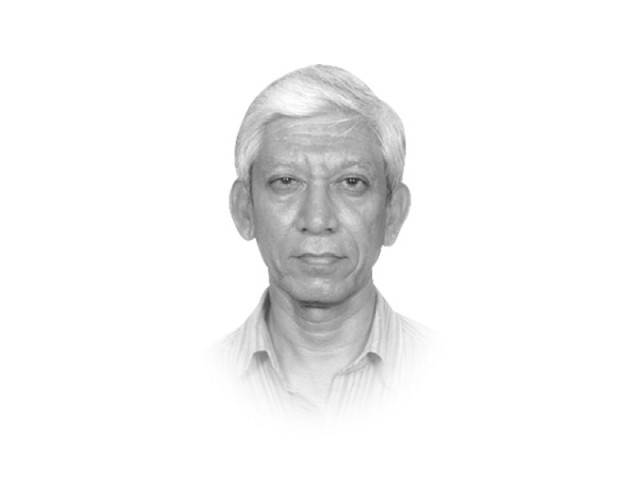
Reading Manto in context
In those years following 1857, the transformation of British India into a land producing and supplying raw material to the progressing textile and other industries of Britain had been completed. A huge canal network had been built in the northern part of the subcontinent, a vast network of railways and roads had been built across India, new towns to work as mandis had come into being, port cities such as Bombay and Karachi had been equipped with the infrastructure to export cotton, wheat, rice and other agricultural goods to the British and import manufactured goods to the Indian markets. A new system to manage cities had been introduced with an aim to providing the relatively privileged citizens the fruits of new lifestyle technologies such as water supply, sewerage, electricity, telephone, telegraph and so on. Some groups of even less privileged citizens too got the benefit of this urban development. A huge social transformation had accompanied these political and economic changes. New classes of colonised citizens had come into being in the half century since 1857.
For those joining these new classes of citizens from below — the middle and lower castes among Hindus, Muslims and others — the movement had been upward. They had benefitted from the introduction of a system of public education which tried not to discriminate between them and the upper castes that had always monopolised knowledge and deprived those below them of any chance to break the boundaries of caste and access knowledge that would allow them to change their ancestral caste-profession. The new system of education gave the lower castes an opportunity to enter new professions created by the colonial need of running the system of this important part of their empire. Based on the level of education and/or vocational training, these middle and lower caste people joined the staff of, for example, ports, railways, post office, telegraph, irrigation, courts and kutcheries, police and the colonial armed forces. In the lands of irrigated agriculture, the upward mobility of their lower and middle caste counterparts was relatively slow and less effective.
But these new classes had members from the upper caste elites as well — in the case of the North Indian Muslims they constituted ashraaf or shurafa: those belonging to Syed, Mughal, Afghan and Shaikh castes. For these castes, that had been the ruling elites under the various Muslim dynasties. Large parts of these elite shurafa Muslims experienced a downward slide in their social status as a result of the loss of royal or nawabi patronage. The anxiety among the shurafa created by the new situation is evident in the efforts of the founders of the Muslim college in Aligarh who strived hard to convince the young sons of the shurafa to acquire education to be able to join the colonial services. They felt left behind in competition on the one hand with the Hindu upper caste elites and on the other hand the middle castes among Muslims who were coming up taking advantage of the new wave of education as the vehicle of upward mobility. The same anxiety can be seen among the founders of the Deoband madrassa who wished the shurafa lads to acquire religious education.
The popularisation of printing technology in the same era gave birth to Urdu journalism as it did in other languages. The newspapers and journals in Urdu were typically brought out by the scions of the so-called ilmi gharanas, who had been in the business of knowledge for generations. They came to define the issues of the Urdu reading public. Journals like Al-Hilal, Hamdard and Zamindar somehow chose to link them, strangely, to the wars being fought by the Ottoman Empire.
From the concern for the wars in North Africa and the Balkans to the modern Urdu writing — in which Manto, Krishan Chander, Ismat Chughtai and others participated — was a long journey. These new writers — inspired by Premchand and the authors of the sensational anthology titled Angarey — decidedly turned the direction of Urdu literature to the issues facing the individuals and groups that belonged to the new classes . The classic dastans — Dastan-e-Amir Hamza and Tilism-e-Hoshruba — glorified the adventures of the Muslim invaders. Those who were from the same generation as the founders of Aligarh and Deoband — Nazir Ahmad, Ruswa and so on — spoke of the travails of the downwardly-mobile shurafa in the new circumstances. Manto and his contemporary Urdu writers took up themes that related closely with the life of those at the bottom of the old and changing society. This, in short, is Manto’s politics as a creative writer which produced both positive and negative responses. His total disregard of the issues as defined by the Urdu elite after 1857 was something that enraged those who wished the old times to continue. On the other hand, his writing was enthusiastically welcomed by those readers who had an interest in the process of change. They felt that — like them and unlike conservatives — Manto is clearly on the side of change.
Published in The Express Tribune, April 7th, 2012.

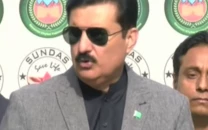

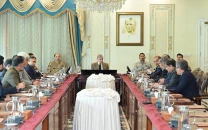
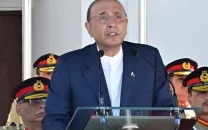
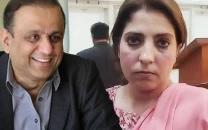
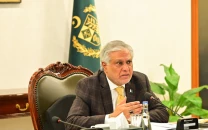












COMMENTS
Comments are moderated and generally will be posted if they are on-topic and not abusive.
For more information, please see our Comments FAQ